
Russo-Japanese War
POW: Art and the Image of The Prisoner
By Peter HarringtonWar produces casualties … and captives. Much “war art” concerns itself with the heroics and clash of battle, the sway of forces, and the turns of history. Read more

Russo-Japanese War
War produces casualties … and captives. Much “war art” concerns itself with the heroics and clash of battle, the sway of forces, and the turns of history. Read more
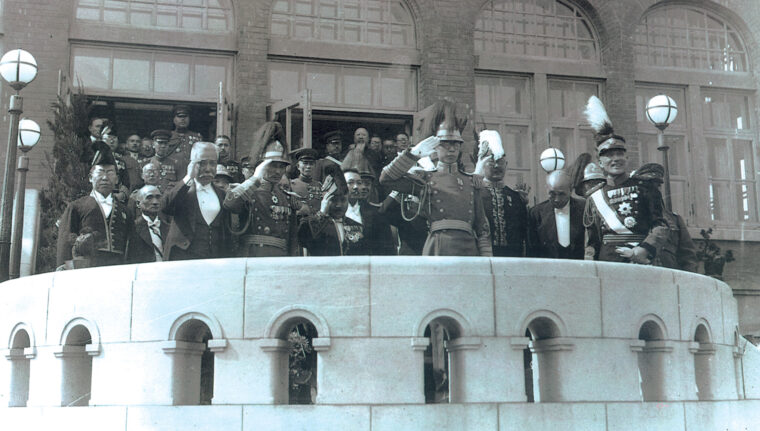
Russo-Japanese War
At 11:30 pm on December 22, 1948, four handcuffed men were led by guards into the chapel of Tokyo’s Sugamo Prison. Read more

Russo-Japanese War
In May 1939, Mongolian herdsmen and part-time militia cavalry crossed the Khalkhin Gol, or Halha, River near the village of Nomonhan in Manchurian-claimed territory. Read more

Russo-Japanese War
Men have been reporting their wars almost as long as they have fighting them. The first prehistoric cave drawings depicted hunters bringing down wild animals, and spoken accounts of battles, large and small, formed the starting point for the oral tradition of history. Read more

Russo-Japanese War
When did humanity begin throwing explosive devices? What are the origins of the modern grenade, and how did explosives evolve? Read more
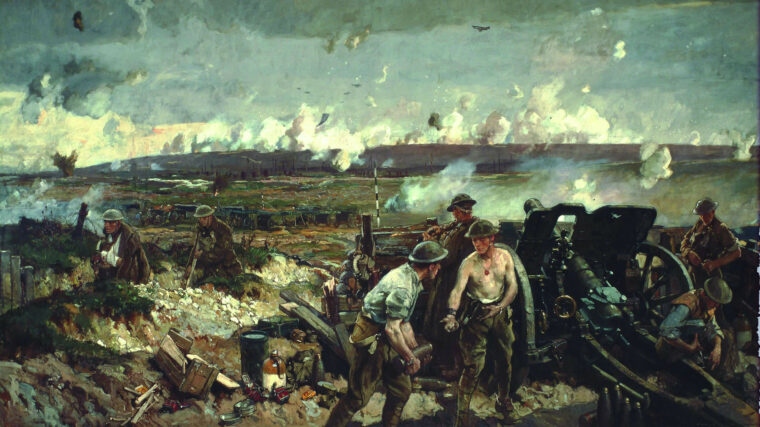
Russo-Japanese War
All wars give rise to change and innovation. In the early years of the 20th century, a short but nasty territorial war erupted between Russia and Japan. Read more

Russo-Japanese War
On the chilly night of February 8, 1904, the Imperial Russian Navy’s Pacific Squadron lay peacefully at anchor just outside Port Arthur’s main harbor. Read more

Russo-Japanese War
The first recorded encounter between American forces and Koreans in the Central Pacific during World War II came at Tarawa Atoll in November 1943. Read more

Russo-Japanese War
This WWI Timeline covers the first decade of the 20th century, in which the so-called “Great Powers” of Europe attempted to advance their economic and technological prowess to out-do—or at worst, at least keep pace—with their neighbors and rivals. Read more
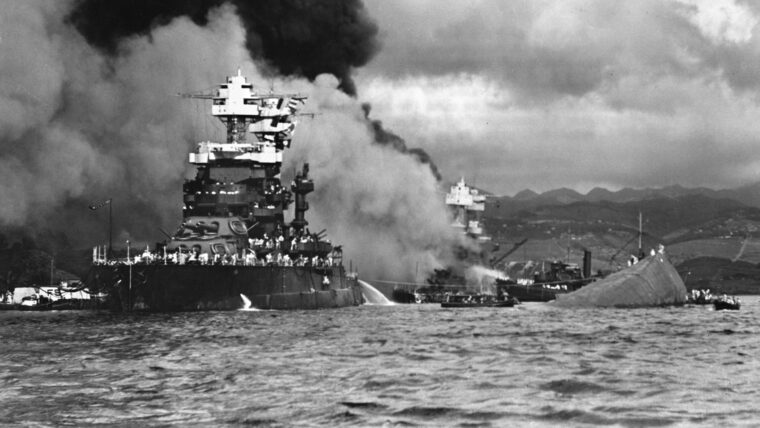
Russo-Japanese War
Commander Mitsuo Fuchida, strike leader for Operation Hawaii and 20-year veteran of the Imperial Japanese Navy (Kaigun), strapped himself into the observer’s seat as his Nakajima B5N2 “Kate” torpedo bomber, piloted by Lieutenant Mitsuo Matsuzaki, and lifted off from the carrier Akagi on the black morning of December 7, 1941. Read more

Russo-Japanese War
Japan’s road to World War II was a long one. Throughout the late 19th century, the island nation broke out of its feudal past on a path to modernity with a ruthlessness and singlemindedness that would have scared Western nations had they been paying attention. Read more

Russo-Japanese War
On August 15, 1937, the Japanese Imperial Army bombed Nanking, the capital of China. These raids were unrelenting until December 13, when Japanese troops entered the conquered city. Read more

Russo-Japanese War
George Catlett Marshall was the greatest American military man of his age. If the United States Army had kicked off the 20th century with the specific intent of constructing a chief of staff to lead it to victory in World War II, it could not have done a better job than what chance provided in the triumphs and travails over the 40 years that molded George Marshall. Read more

Russo-Japanese War
As militarism grew in Japan in the early 1930s, conscription began at the age of 19, and the Imperial Japanese Army (IJA) cadet entered military service. Read more

Russo-Japanese War
On August 2, 1914, Russian Czar Nicholas II appeared on the balcony of the Winter Palace in St. Read more

Russo-Japanese War
Modern military camouflage has gone high tech, with digicam or “digital camouflage” being the preferred pattern for soldiers in the field. Read more

Russo-Japanese War
January and February 1905 were critical months for both the Russian and Japanese empires, which were locked in a war over East Asia that neither of them could sustain. Read more
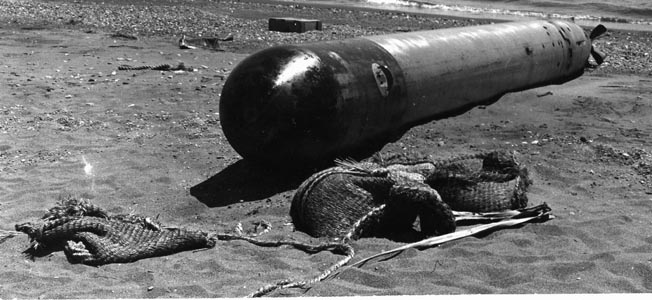
Russo-Japanese War
The bogey man of the U.S. Navy during the Guadalcanal campaign was not the Zero fighter or the I-class submarine. Read more

Russo-Japanese War
Captain John T. Myers’ detachment of U.S. Marines was far from home on July 3, 1900, in the thick of the Boxer Rebellion. Read more
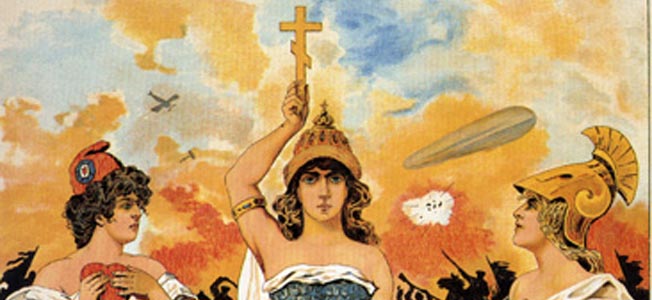
Russo-Japanese War
By the time Imperial Russia and Great Britain concluded the Anglo-Russian Convention on August 31, 1907, effectively establishing the alliance known as the Triple Entente, the Russian Empire was in the midst of decades of upheaval. Read more